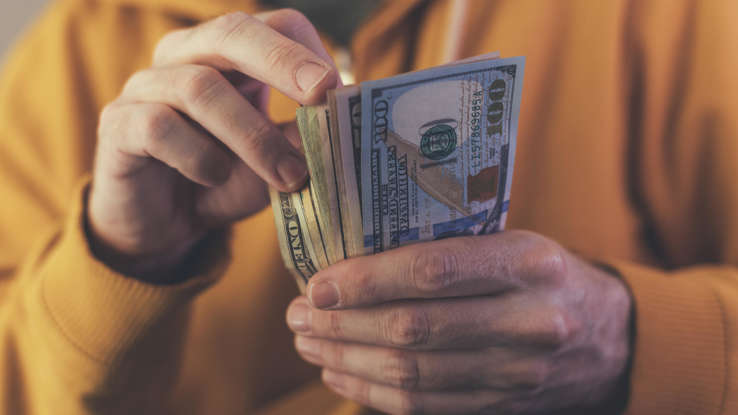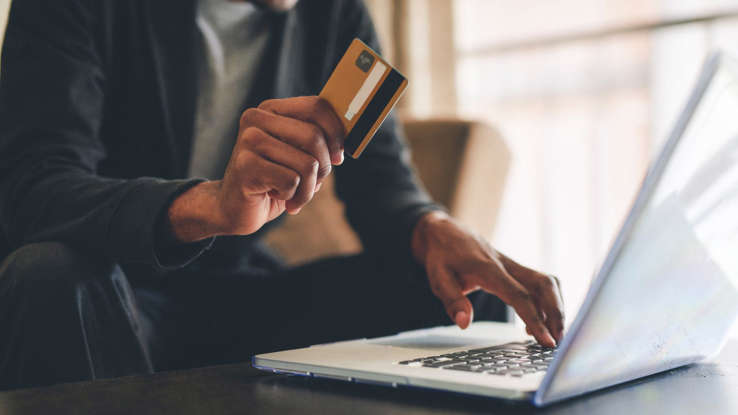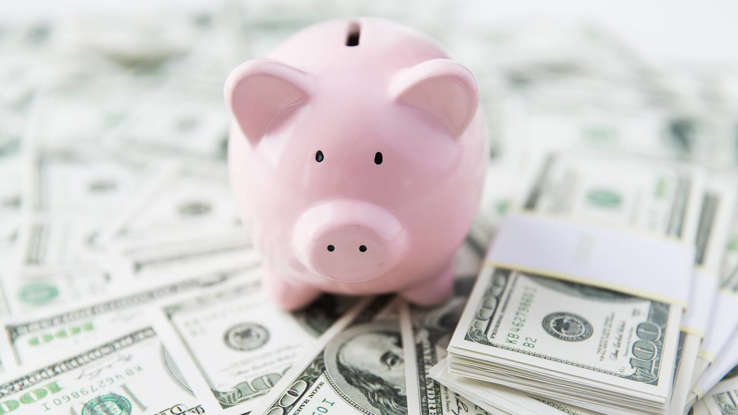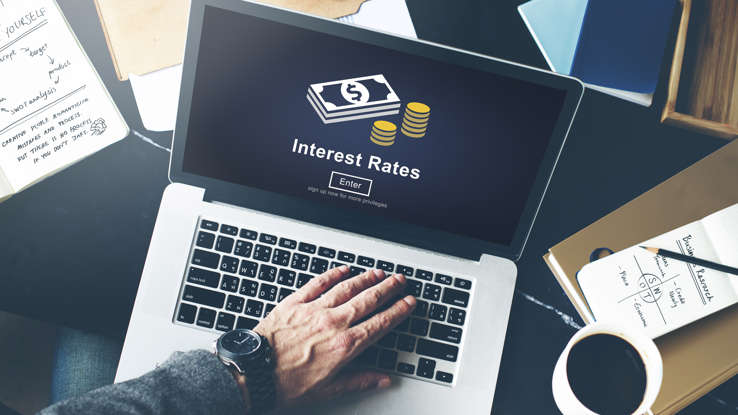To many Americans, 2020 was nothing short of an economic wasteland. And while 2021 may have improved the fortunes of some families — or at least have been less of a shock, emotionally and financially — it was still marked by the pandemic. Heading into 2022, COVID cases are rising yet again with the identification of a new variant, but this time, many Americans are armed with the vaccine and the knowledge that living in a pandemic for nearly two years has provided.
No one can predict if and when economic misfortune may strike again — or indeed, when the ongoing effects of the pandemic will end — but there are some steps that all Americans can take to help protect themselves from future downturns. While it’s tough to prepare emotionally for such financial shocks, it’s important to remember that even in tumultuous times, the economy is cyclical. Having your financial affairs in order can help you make it through to the other side. With a little bit of preparation, you may be able to cushion the blow if a year like 2020 ever strikes again.

Build a Bigger Emergency Fund
Emergency funds were traditionally thought of as backstops for short-term financial difficulties. If you needed some cash for an unexpected car repair, a dental emergency or a short-term job loss, for example, your emergency fund was the perfect source.
However, 2020 demonstrated that certain economic shocks could have deep and long-lasting financial ramifications. Thus, traditional recommendations to keep three to six months of cash in an emergency fund may be insufficient. If you have the means, building an emergency fund that can last at least six to 12 months may be a prudent move. In the event of a future financial calamity, having up to a year of savings available to draw from could make life a lot less stressful for you.

Diversify Your Income Stream
One important economic lesson has been brought into sharp focus by the pandemic. Wherever possible, it pays to diversify your income stream. When you rely completely on one job or revenue stream for all of your income, you could face enormous financial pressure if that spigot is turned off.
If you have the time or ability, taking on an additional part-time job or a side gig in addition to your primary work is a way to help diversify your income stream. For others, investing in rental real estate or other sources of passive income can be the best way to keep income flowing even if your primary source vanishes.

Pay Yourself First
Many financial pundits and advisors recommend that you “pay yourself first,” but what exactly does that mean?
Paying yourself first means that the moment you get your paycheck, you divert some of it toward your savings and investments. Then, you pay your bills and spend on discretionary items with what remains.
The truth about human nature is that if you use your paycheck to “live” before you save, you’ll most likely end the month without any money left over. While it’s important to spend your paycheck on things like food, shelter and bills, if you also use your money for shopping and going out to eat before you save, you’ll likely find that you aren’t saving as much as you should be. By paying yourself first, you ensure that you meet your savings goals every month. This type of preparation can be critical when the next financial crisis rolls around.

Watch Your Credit Card Spending
Credit cards are a useful tool, and many can provide benefits like travel rewards or cash back in addition to convenience. However, some Americans use credit cards as a bank account. If you aren’t paying off the full amount of your credit card balance every month, you’re likely negating the value of any perks or rewards you receive.
For example, let’s say you score a credit card that pays you 2% cash back on all your purchases. That sounds great, but if the card has a 12% interest rate — which is actually below the average credit card rate — your card is costing you an additional 10% on every purchase annually if you don’t pay it off in full.
Digging yourself into a 10% hole on everything you buy isn’t financially prudent; even worse, that interest is compounded, meaning your credit card debt would double about every seven years if you don’t pay it off. That’s a recipe for financial disaster during the next economic downturn.

Don’t Forget the Insurance
The guiding principle of insurance is to take a small, certain loss — your insurance premium — in exchange for protection against a catastrophic loss. For most Americans, this type of protection is absolutely essential, particularly during times of financial upheaval. Imagine if you lost your job and then your home was damaged and you had no homeowners insurance. Or, in a true worst case scenario, imagine if you’re the breadwinner of your family and you suddenly pass away or become incapacitated. Without life or disability insurance, your family may not have the funds to go on.
Although no one likes adding a monthly bill to their budget, if you’re underinsured, find a way to get yourself covered. The peace of mind alone will help you if you ever face financial difficulties going forward.

Consider Buying Instead of Renting
One of the few financial benefits brought about by the pandemic is low home mortgage interest rates. Through the past two years, the rate for a 30-year home mortgage set record low after record low, even dipping below 2.5% at one point. Homes that may have been out of your reach before 2020 may now be affordable.
Over the long run, homeowners generally have more stable financial lives than renters. If your current monthly rent is in the same ballpark as what you’d pay on a home mortgage, you might consider making the move into your own home to build equity over the long run.

Maintain Low Spending Levels
A perhaps unexpected benefit of 2020 and 2021 is that most Americans didn’t spend as much money. A number of reasons contributed to this, including lower commuting costs for remote workers and stay-at-home orders that prevented Americans from going out to eat or spend money at entertainment venues.
While no one wants to stay home for 2022, one way to prepare for the next financial crisis is to try to maintain your lower spending levels. If you’ve found yourself saving money by cooking at home instead of going out, you can continue that behavior in 2022. Similarly, if you can continue working at home, you can save money on commuting costs. By diverting those savings to your bank account, you can remain more financially flexible going forward.

Automate Your Savings
Setting up automated transfers is another way to help counteract human nature when it comes to money and savings. When we rely on ourselves to make regular money transfers, we can often come up with excuses or reasons why we can’t do it “just this month.” But with automated transfers, the money is deposited in your savings without any effort on your part.
Once you adjust to automated savings coming out of your account, you might find that you’re able to adjust your lifestyle and comfortably live off less money. At that point, you might be able to slowly increase your monthly contributions, say in increments of an additional 1% per month or year. If and when the next financial crisis hits, you’ll be glad that your automated savings program has built up a financial buffer for you.

Take Advantage of Low Interest Rates
Low interest rates, in some ways, are one of the perks of the pandemic. Although rough on savers, they are great for those looking to save on interest costs. For example, if you’ve got a high-rate mortgage or auto loan, you can refinance into a lower-rate loan and potentially save hundreds per month in payments. Your credit card issuers have probably lowered their rates, so if you have a balance, you’ve been saving on interest costs. However, if you can find a 0% balance transfer card, you could save even more. Look around and see what low rates are available and take advantage if you’re currently paying higher rates.

Shop Around for the Best Savings Rates
Although low interest rates have benefitted those looking for home mortgages, they didn’t do any favor for savings account yields. According to the Federal Reserve, the average savings account annual percentage yield is just 0.05%, and many major banks pay a measly 0.01% APY.
If you’re willing to shop around, however, you might still find decent yields for your savings. Some online banks pay a 0.50% APY or even more, and most have no fees or minimums. That may not seem like a high rate, but it’s about 10 times the national average, and if and when rates rise, those rates will rise as well.









































